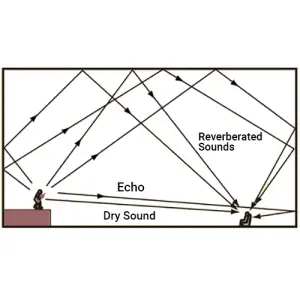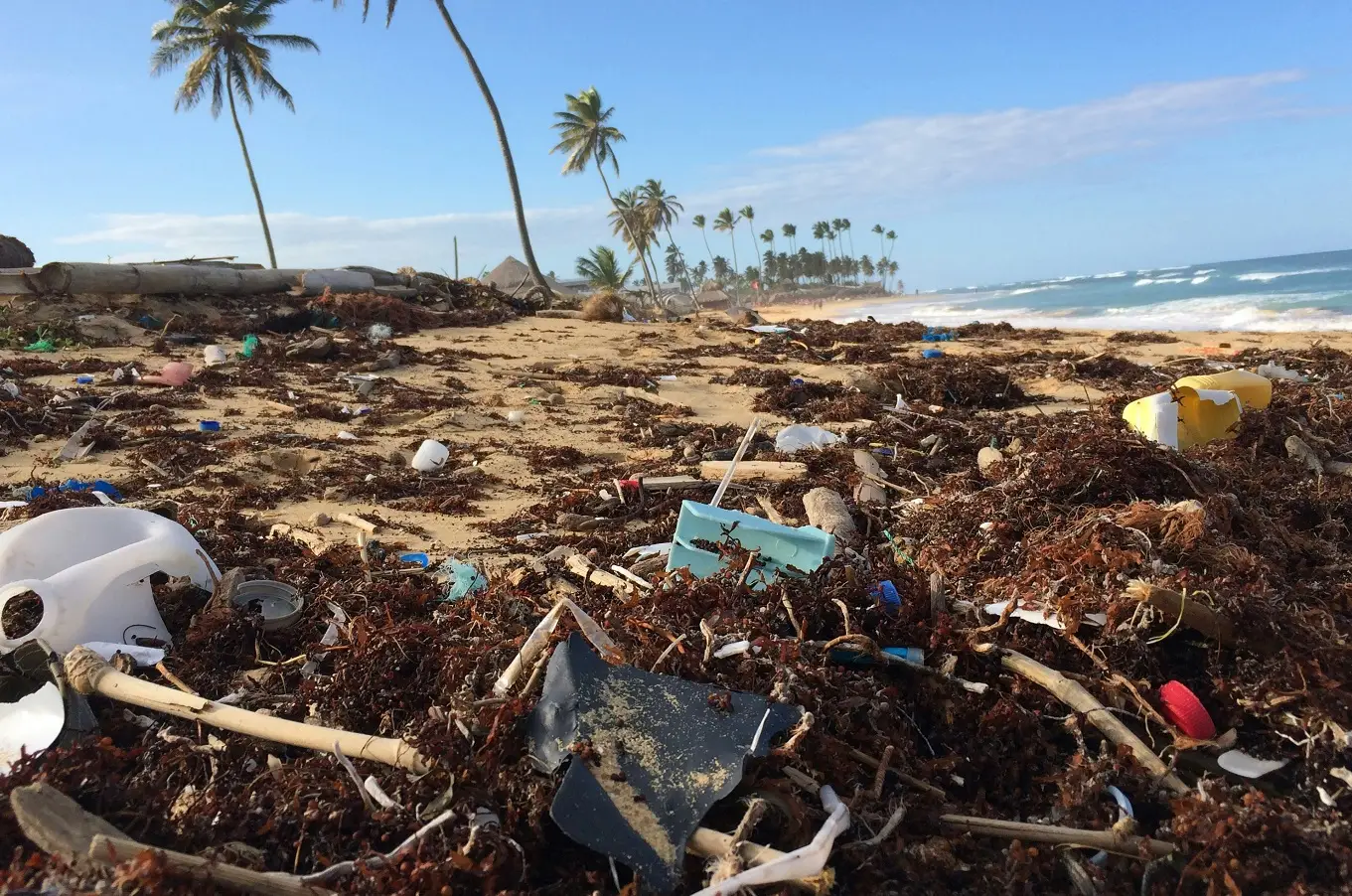

Manufacturers of hearing aids have gotten so good at kicking out new and “better” technology that it has become quite a racket. Since I have been in the field, technology has changed so much. From analog hearing aids to programmable hearing aids and now digital hearing aids that have Bluetooth capabilities, noise suppression and other fancy features, we have to wonder if it is really better. I have a hearing loss and have been wearing hearing aids since 2003. I have found that although there are so many advancements, from 2018, the differences are not as significant since that time. True there is the new Auracast Bluetooth. Streaming to other Bluetooth devices will get so much easier. Yet older technology works too.
It is well known that the manufacturing process produces carbon dioxide. Recently, I watched two Netflix shows, one called Buy Now and the other with Bill Gates and What’s Next. Both shared concerns about waste, trying to cut emissions, and how to do it. It will be a big challenge for our children. In the meantime, people need to know about it, and for us to give the tools to our younger generations to help.
There is a conflict between wanting something better to hear and increasing carbon emissions.
If we keep buying new, the manufacturers will keep putting out new technology, making more money to have more technology, which will continue to increase our emissions and contribute to global warming.
The hearing aid manufacturers are putting out new technology all the time. Upgrades that are better at this and have that and Artificial intelligence and deep neural networks, duel processing, updated feedback suppression, and they make a big deal, big launch on the products. Some manufacturers hire audiologists to create the big deal!
The rechargeable batteries are getting better every year, meaning that they are stronger and last for more years or longer during the day. While once they lasted 14 hours, now many of them last 36 hours before having to recharge them. Lithium-ion rechargeable batteries on average, need to be replaced every three years. Some manufacturers are now reporting their lithium-ion can last 4 to 6 years. In either case, at some point you may need a new rechargeable battery in your aid. When sent into the manufacture, we understand they throw the aid away and replace it with a new one with a new lithium-ion battery. As of the writing of this blog, the only aid you can dyi is the Oticon brand, like the Oticon More and Real. There is an older Signia product rechargeable battery called the Power One. They are not used in any newer technology today.
People with hearing loss to want to hear better, I get it, and something new should be better. I heard from many recently that Phonak’s new technology is a game changer. Is it? The manufacturers want to sell more and more. That is how they make money. The people hear all about it and want to buy a new Phonak even though their own hearing aid is working fine. Most people want to hear better in noisy environments and that is the temptation that manufacturers play on.
Many customers feel immense pressure to upgrade their hearing aids even when their current devices are still functional. This pressure often stems from aggressive marketing campaigns by manufacturers promoting the “latest and greatest” features, such as improved noise reduction or artificial intelligence. Audiologists may also unknowingly contribute by emphasizing the benefits of new technology during routine checkups. For the user, this creates doubt: “Am I missing out on better hearing if I don’t upgrade?” Unfortunately, this constant push can overshadow the fact that their existing devices might still meet their needs with minor adjustments or repairs. The result? Customers may spend thousands of dollars unnecessarily, while perfectly good devices are discarded, adding to electronic waste and contributing to the throwaway culture that benefits manufacturers far more than consumers.
YouTube influencers often use persuasive tactics like personal success stories, exclusive discount codes, and urgent calls to action to encourage followers to buy products, making it seem like a limited-time opportunity. Manufactures pay Youtubers to say great things about their hearing devices with a hidden agenda we don’t know about.
Fast Fashion is one area where people are buying more than they need. Who doesn’t want the newest style? I love that my daughter and all her friends shop “bins,” which are going to the thrift stores. There are many clothing consignment stores that have higher quality than going digging in the bins. Some of these consignment stores are now online since many aren’t surviving in the brick-and-mortar locations. I like to shop at ThreadUp and try not to buy any new clothes. Not only are these clothes fashionable and good quality, they are also more affordable. I recently purchased a $500 sweater for $23! Who doesn’t love a great bargain?
Repairing hearing aids is a fantastic way to reduce waste and keep perfectly usable devices from ending up in a landfill. However, hearing aid manufacturers don’t make this easy. They often restrict access to the parts and tools needed for repair. Lithium-ion batteries is one stopping point to get a hearing aid fixed, where if the aid had zinc air, it would be easy to repair.
Hearing aid repair labs like Prairie Labs, located near us in Hopkins, Minnesota, play a crucial role in extending the life of older hearing aids by offering repairs when manufacturers no longer support the devices. However, these labs face significant challenges, as manufacturers often discontinue parts or refuse to repair older models, opting to push customers toward purchasing new devices instead. Prairie Labs shared with us the troubling reality that many manufacturers simply throw away returned hearing aids instead of repairing or refurbishing them, contributing to unnecessary waste and a growing environmental problem. This practice underscores the need for more sustainable and consumer-friendly policies in the hearing aid industry. I don’t know if this is true, as I don’t work at a manufacturing lab, and I don’t know anyone who does that and shares these types of issues. I sure would like to find out the truth!
Another and even worse, issue is that many hearing aid users are told that repairing isn’t an option or that repairs aren’t worth the cost compared to upgrading. Don’t get me wrong, sometimes that is totally true. But sometimes it isn’t. The manufacturer charges a lot of money to repair after the 5-year mark.
This “upgrade” approach forces people to buy new hearing aids instead of fixing what they already have. Repairing hearing aids is not just cost-effective for the user but also more sustainable for the planet. By extending the life of a device, we reduce the demand for new manufacturing, and with it, the associated carbon emissions.
Another way to combat waste in the hearing aid industry is by reselling and reusing devices. Unfortunately, there’s a stigma about buying used hearing aids. Some people think they won’t work as well, or that used devices carry risks. But in reality, properly refurbished hearing aids can be as effective as new ones, often for a fraction of the cost.
At Hears to U, we’ve embraced this model by offering consignment hearing aids. It’s a way to make better hearing accessible while promoting sustainability. People who no longer need their devices can pass them along, helping someone else hear better without adding to the waste stream.
Manufacturers need to step up and take responsibility for the environmental impact of their products. Building hearing aids that are more repairable and designing systems for trade-ins and refurbishments could significantly cut waste. Imagine if manufacturers offered incentives to return old hearing aids for refurbishment instead of tossing them out. Well, many manufacturers might offer incentives but I believe they still toss out the old ones. Now I am going to say something nice about Starkey Laboratories. They do have an all-in-one repair lab. The costs of their refurbished aids are still somewhat expensive. I plan on investigating more in 2025 with Starkey to see what we can do to help lower that cost to the consumer. Saying that Starkey is in our backyard, it might be easier to visit on these grounds.
Another idea is embracing the concept of a circular economy, where products are designed for long-term use, repair, and eventual recycling. It’s not impossible; other industries are already doing it. Hearing aid manufacturers could follow suit and create a system that benefits both people and the planet. We need to find a better, sustainable battery to power the devices.
At Hears to U Hearing & Hearables, we’re not just talking about sustainability, we’re doing something about it. By offering repair services, consignment hearing aids, and encouraging customers to consider all their options before buying new, we’re working to reduce waste in the hearing aid world. Our goal is to help people hear better without adding to the growing pile of electronic waste. We are asking you what your expectations are, and if possible, there might be a consignment or used device necessary.
We have partnered with a non-profit, Hearing Charities of America. If your hearing aids can’t be sold as they are too old, aren’t working well, or you just feel like donating, we connect you to donate your hearing aids. We will offer our service to check over the hearing aids at a small charge to make sure they are functioning. If someone wants a pair of consignment hearing aids, we also help in that aspect. We offer very low-cost service for those who can not afford it.
So, are hearing aids responsible for climate change? Let’s not kid ourselves, we are contributing; the way we manufacture, sell, and consume hearing aids plays a role in contributing to global emissions. As a society, we need to rethink our habits, not just for hearing aids but for everything we buy. The challenge of balancing better hearing with environmental responsibility is real, but by choosing repair, reuse, and sustainable practices, we can make a difference. I pledge to you, I will do better for the sake of our plant, the young that will live past our lives and the animals who are innocent in this mess!
Let’s demand better from manufacturers and do our part as consumers. Together, we can ensure that future generations will inherit a planet that’s not just livable but thriving.
Simply enter your email below and we’ll send you your discount code instantly. Start saving and experience better hearing care with trusted products and support.